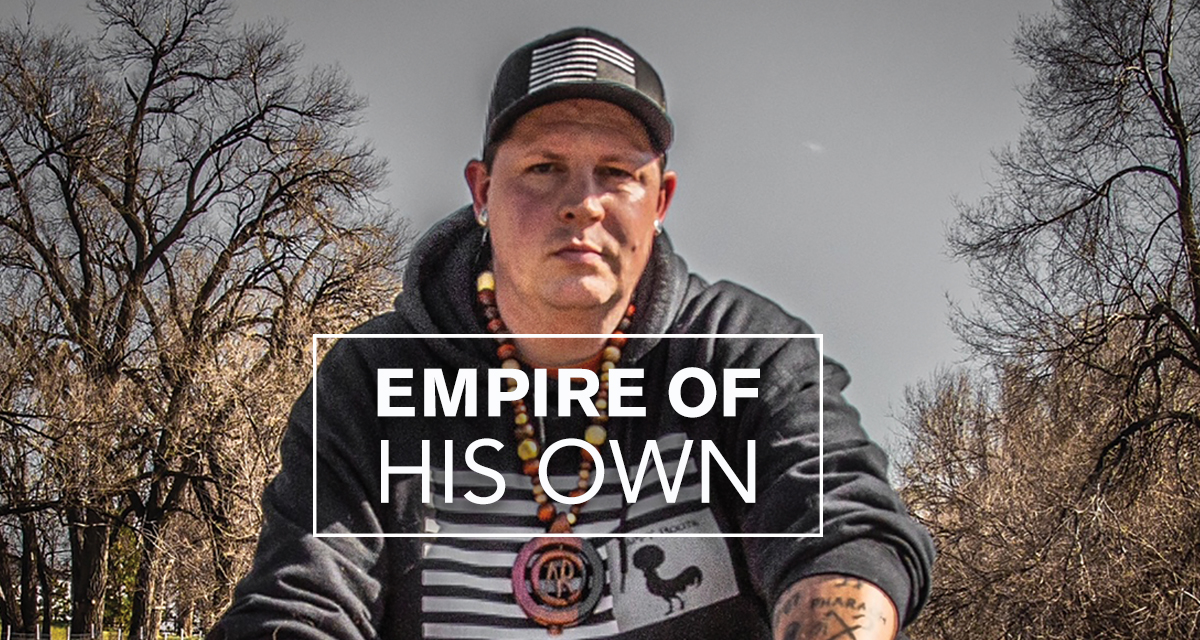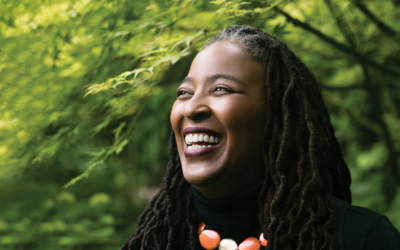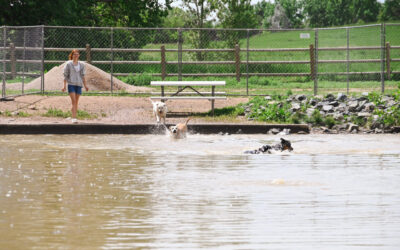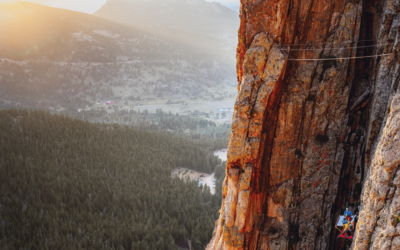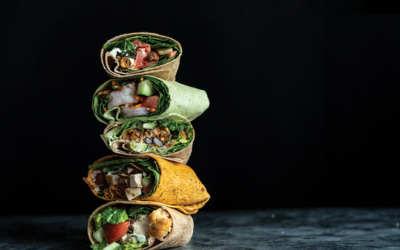Photos by Joe Pekara
Joe Pekara’s photography is all about catching moments. The moment a rapper pauses to catch his breath or emphasize a rhyme. The moment of exhale before a bird takes flight. The moment before a blink and the transition from childhood to the road that leads to adulthood.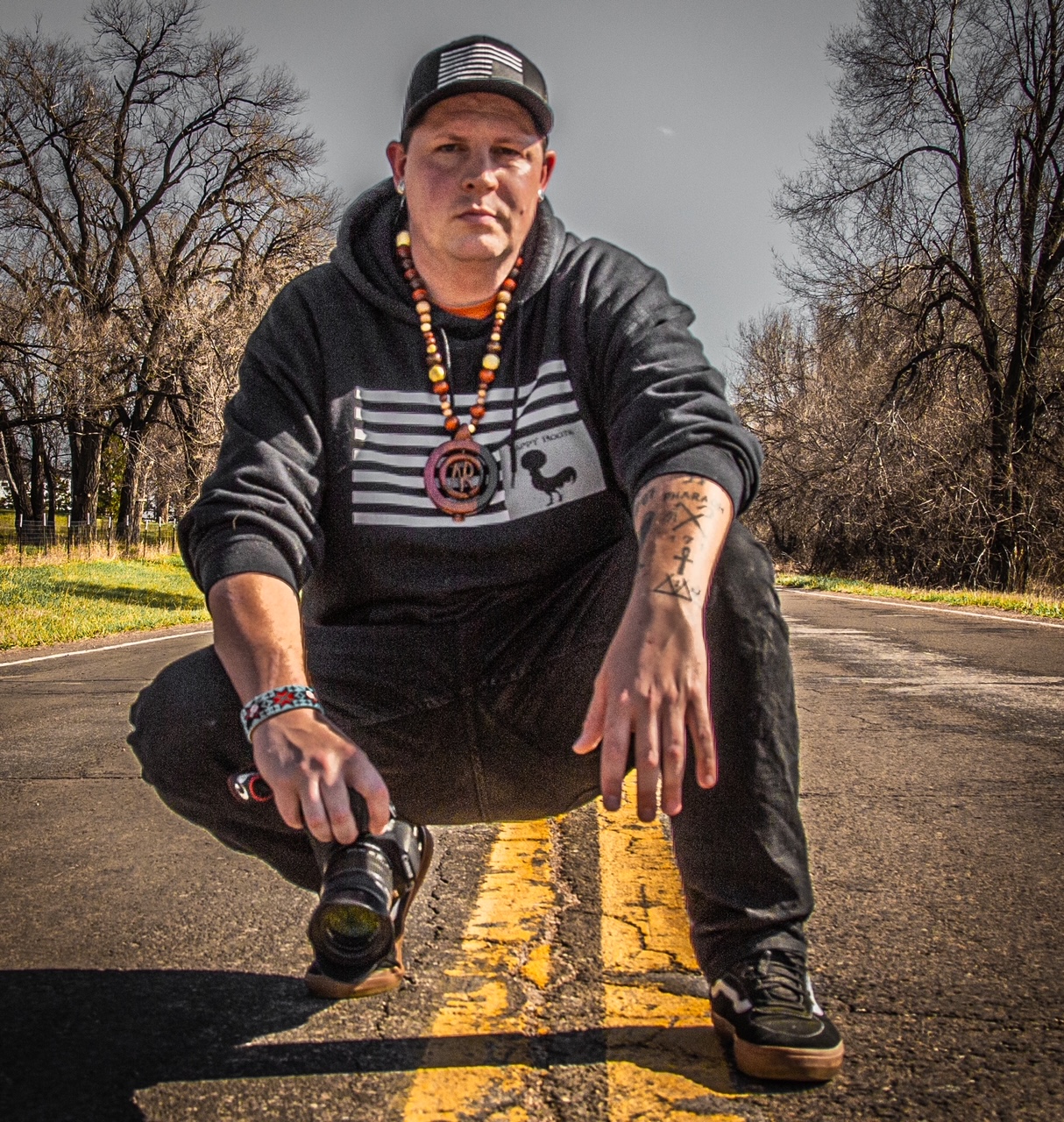
Perhaps Pekara is good at catching moments because he knows what they mean to people. He is music photographer of rap band Nappy Roots, he cares for a mother battling cancer, and he advocates for the rights of Indigenous people. Moments are important to Pekara.
Pekara, who lives in Fort Collins, is a concert photographer for Nappy Roots and artist Wale. Even more importantly, Pekara is being presented a cultural recognition award this month by the Smithsonian as the first Indigenous photographer to be part of the American Indian Movement (AIM). His involvement with AIM is drawing new attention to social injustice and the marginalization of Indigenous people in the U.S.
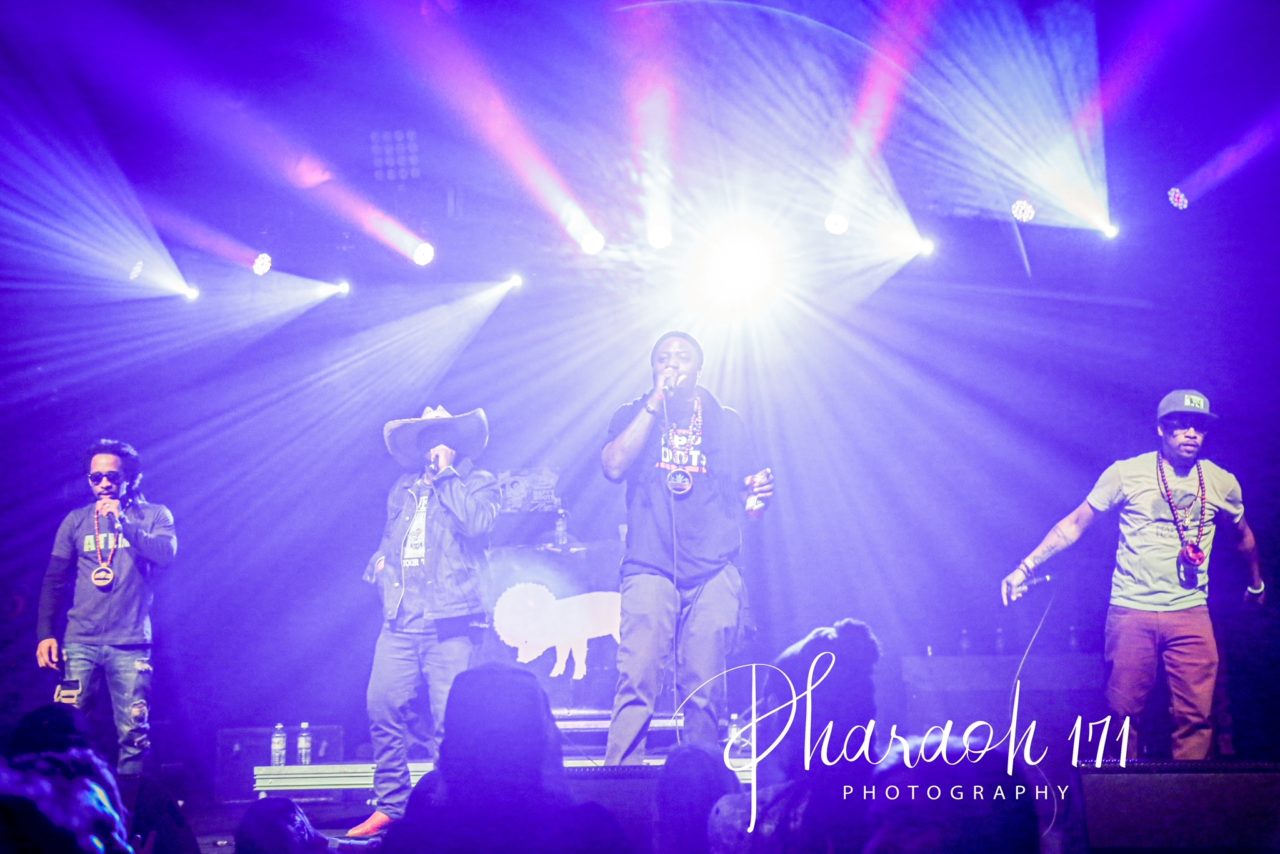 Music photography
Music photography
Pekara’s music photography career is the result of being in the right place at the right moment. Three years ago, he was photographing a local group at the Aggie when he was asked to shoot for California rap group Hieroglyphics. The group liked his work so much they offered him a job, but his mom had just been diagnosed with lung cancer, and he did not want to leave her to go on a year-long tour. “I turned it down; I didn’t want to miss time with her being on the road.”
Fast forward a year, Hieroglyphics shared Pekara’s work with Nappy Roots and they asked him to come on tour with them as photographer. This time, his mother urged him to go.
As Nappy Roots’ photographer, Pekara’s goal is not just to capture those moments of joy or anger on stage, but to capture those moments the group shares together in a fast-paced, sometimes frantic lifestyle.
“It’s such a fast life. It is easy to get lost a lot,” Pekara says of following Nappy Roots on tour across the
 U.S. and beyond. But even more than their concerts, Pekara, who considers the group family, says he wants to capture their moments of happiness and comradery off stage. “I enjoy capturing their energy for life.”
U.S. and beyond. But even more than their concerts, Pekara, who considers the group family, says he wants to capture their moments of happiness and comradery off stage. “I enjoy capturing their energy for life.”
Photography passion projects
While Pekara indulges his love of rap (he used to write and record, as well) and manages to make a living with Nappy Roots, the self-taught artist enjoys all forms of photography. It’s a love his uncle instilled in him at an early age.
“My uncle was a huge photographer,” he says. When his uncle passed from cancer, his grandmother gifted his camera to Pekara. “She wanted me to carry on what he was doing.”
 “I love all photography,” Pekara continues, “especially birds, raptors and owls.” Pekara’s nature photography is luminous and breathtaking; images of birds and animals caught in moments of stillness and peaceful existence, something Pekara himself appreciates. He posts on his Instagram about watching an owl hunt for three hours, enjoying the perseverance and patience of the creature.
“I love all photography,” Pekara continues, “especially birds, raptors and owls.” Pekara’s nature photography is luminous and breathtaking; images of birds and animals caught in moments of stillness and peaceful existence, something Pekara himself appreciates. He posts on his Instagram about watching an owl hunt for three hours, enjoying the perseverance and patience of the creature.
“To me, photography is something real. Something you can feel,” says Pekara. “I do not want to ever put a limit on what I do. The only kind of photography I don’t do is ‘fake.’ So, I don’t use Photoshop. I do not add or take away anything from the photos I take. Everything is natural, and that’s the most important thing for me. I do not create photos that aren’t there.”
Then there is his senior portrait series that Pekara dreamt up during the COVID-19 shutdown. He traveled to several states, capturing students’ last moments of childhood as they transitioned to the beginnings of adulthood. Pekara took 350 high school and college senior photos this summer, and he felt moved by each one’s story.
“It was really cool to meet the seniors. You sit and think that this [COVID] affected everyone the same way, but it didn’t. It was cool to hear everyone’s stories,” he says.
One of those photos, of senior Joslyn Running Wolf, was nominated for Smithsonian’s annual photography contest, in their People category. Results for that competition will be revealed Spring 2021.
The project was successful beyond Pekara’s expectation. Radio station 99.9 The Point helped to promote the free senior portraits. He did many in Colorado, but also in Arizona and other states. “I wanted to give them something to remember the year better than what had been taken away from them by COVID.”
His project actually caught the interest of a television station, who sent a videographer to follow him as he photographed seniors. They are currently working to put together a pilot for the station.
Activism
Pekara has also learned the value of stolen moments that won’t be repeated. Pekara, who is American Indian on his mother’s side, didn’t grow up in a household steeped in tradition, but he absorbed his love and respect for his Indigenous roots from his uncle before he passed away.
That awareness grew a flame inside Pekara that has fueled his passion for advocacy. He became a member of AIM and also started his own movement, called the Unified Indigenous Moment (UIM), which focuses on drawing more youthful members to a cause that Pekara says has mostly been “forgotten” today.
Pekara focuses on drawing attention to Indigenous people with a goal of fostering peace and equality. “We are here to just raise awareness,” he says. “I feel I have a part to give to that.”
During the George Floyd and Breanna Taylor protests in Denver, a photo of Pekara holding the AIM flag went viral. He emphasizes that he searches for peaceful ways to bring awareness to his cause, and it is working. UIM has grown to over 60 members is just three months, and Pekara works with elders from the AIM movement to ensure he is advancing the cause for both groups. It is easy to see how this tireless effort from soft spoken Pekara draws young people to UIM.
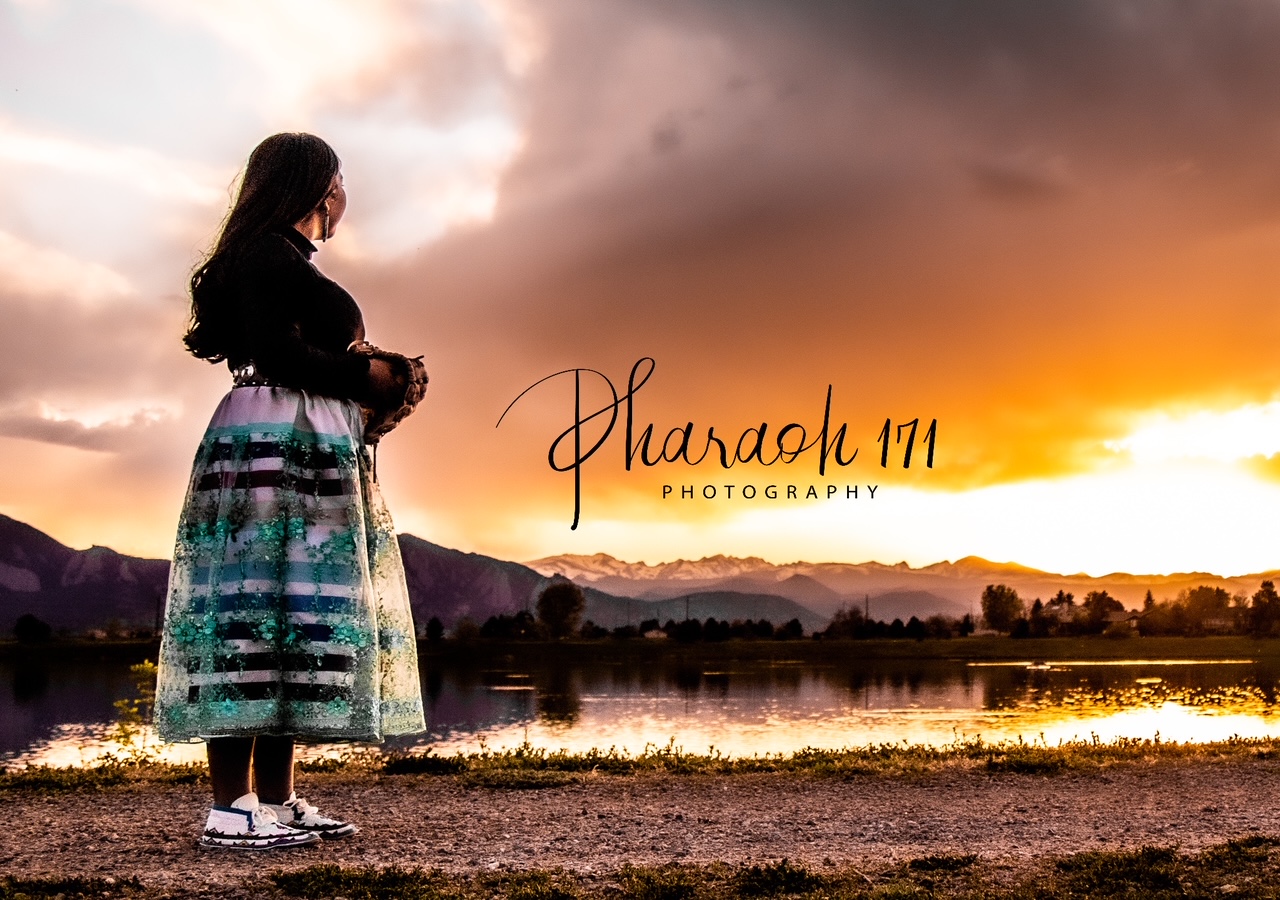
His photo of Running Wolf, who was in traditional dress, came together when he realized all the elements important to Indigenous people were present: air, fire, earth and water. Pekara frequently attends powwows and observes tradition as much as possible. “I feel a healing being around the culture, the dancing. So, this award for me—I am excited that it is bringing awareness to Indigenous people in a positive way.”
Pekara, at 29, has accomplished all of this while also raising two children, ages 11 and 6. “It is a busy life,” he says. But one that is built by memorializing all his important moments. He photographs under the name Pharaoh 171. When asked how he came up with that name, he says it sprang from an interest in the Egyptian pharaohs, of which historians say there were 170.
Pekara, who is entirely self-taught, says, “I set out to create my own empire, number 171.”


